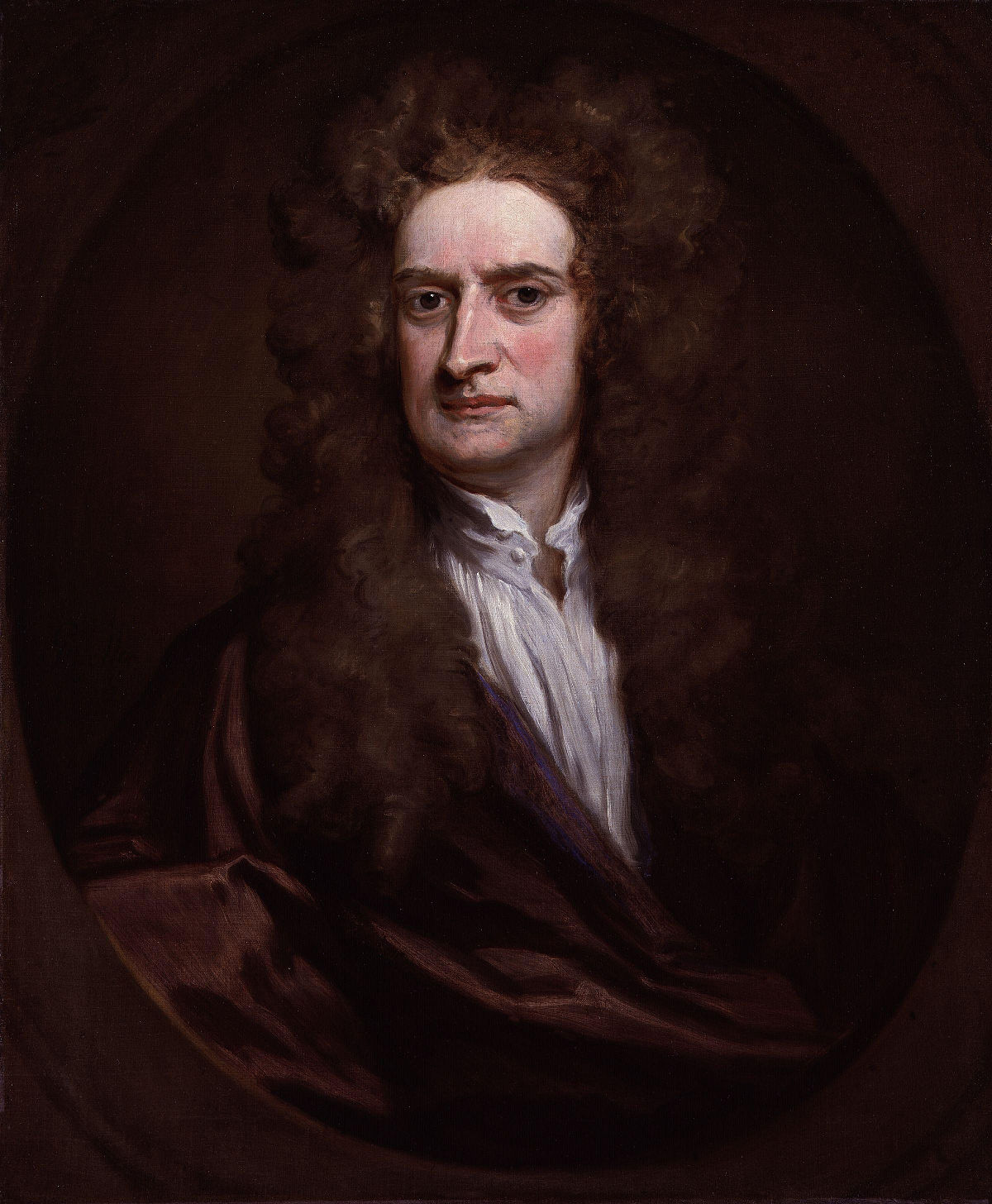Mercury makes its rounds around the sun faster than predicted by Newton. A consequence of this is that Mercury's orbital precession is greater than expected by 43 seconds of arc per century.
The mainstream explanation for this is that space-time curves in the presence of massive bodies. Time and space are distorted near the sun, and we get the observed discrepancy. However, an alternative solution can be found if we assume the existence of an aether. Instead of curved space-time, we have differences in densities in the aether. In the case of my proposed aether, which is a mix of low energy photons and neutrinos, there's a higher density of photons close to massive objects, and this causes rulers to become shorter and clocks to run faster.
Since curvatures and gradients are mathematically equivalent, we can assume that the math will be similar for the two solutions. However, I haven't derived any equations. I'm confident that my solution works only because formulas derived from my model will be similar to what's already developed from the curved space-time model. But is my solution sufficiently similar to represent a valid alternative? To answer this question, we'll have to home in on some formulas.
Let us first look a little closer at the Mercury anomaly. My solution is based on the idea that clocks run faster on Mercury, and by clocks, I mean anything that moves, including human heartbeats, chemical processes and radioactive decay. An environment in which clocks run faster will be observed from outside as a place where things happen quicker. Speeds are higher, including orbital speeds.
Not only are speeds higher on Mercury, rulers are shorter as well. Anything made out of inertial matter is slightly smaller on Mercury than on Earth. But since clocks go faster as well, no-one notices anything unusual about their local environment.
This can be illustrated by analyzing the formula for force F related to inertia: F = ma, where inertia is represented by m and a is an acceleration.
Our model tells us that m on Mercury is less than what it is on Earth. However, a is correspondingly quicker. Plugging our numbers into the formula for force, we get that F is unaffected by the changes in m and a due to Mercury's proximity to the sun.
Using measurements gathered on Mercury, we get that nothing has changed. This is because our measuring equipment has changed relative to what they were on Earth. These changes correspond exactly to changes to the weights used for our experiments. An observer on Mercury is unable to detect any change in m or a. F is therefore exactly the same as on Earth.
However, an observer on Mercury will notice that Mercury's orbital radius is greater than what it is when measured from Earth. It follows that Mercury is going around the sun at a higher speed than measured from Earth.
The centripetal force that keeps Mercury in its orbit is what we commonly refer to as gravity. Hence, we can calculate the strength of gravity between Mercury and the sun by using this formula:
F = mv^2/r, where F is gravity, m is the mass of Mercury, v is the speed of Mercury and r is Mercury's distance from the sun.
Local measurements of Mercury's mass indicate no change, so the only two factors that changed, according to observations made on Mercury are v and r. These two variables are linked in that they both relate to distance, but the speed is squared while radius is not, and we get that our calculation based on measurements made on Mercury yields a stronger gravity between Mercury and the sun than what we get when using data gathered by observers on Earth.
From our analysis of F = ma, we see that measurements of force, local to a single reference frame, yield identical values regardless of where the measurements are made. But this is not the case for gravity which acts between reference frames. We get different results depending on where we are as observers. It follows from this that there's no such thing as a universal gravitational constant.
 |
Sir Isaac Newton |
By Godfrey Kneller - one or more third parties have made copyright claims against Wikimedia Commons in relation to the work from which this is sourced or a purely mechanical reproduction thereof. This may be due to recognition of the "sweat of the brow" doctrine, allowing works to be eligible for protection through skill and labour, and not purely by originality as is the case in the United States (where this website is hosted). These claims may or may not be valid in all jurisdictions. As such, use of this image in the jurisdiction of the claimant or other countries may be regarded as copyright infringement. Please see Commons:When to use the PD-Art tag for more information., Public Domain, Link
No comments:
Post a Comment